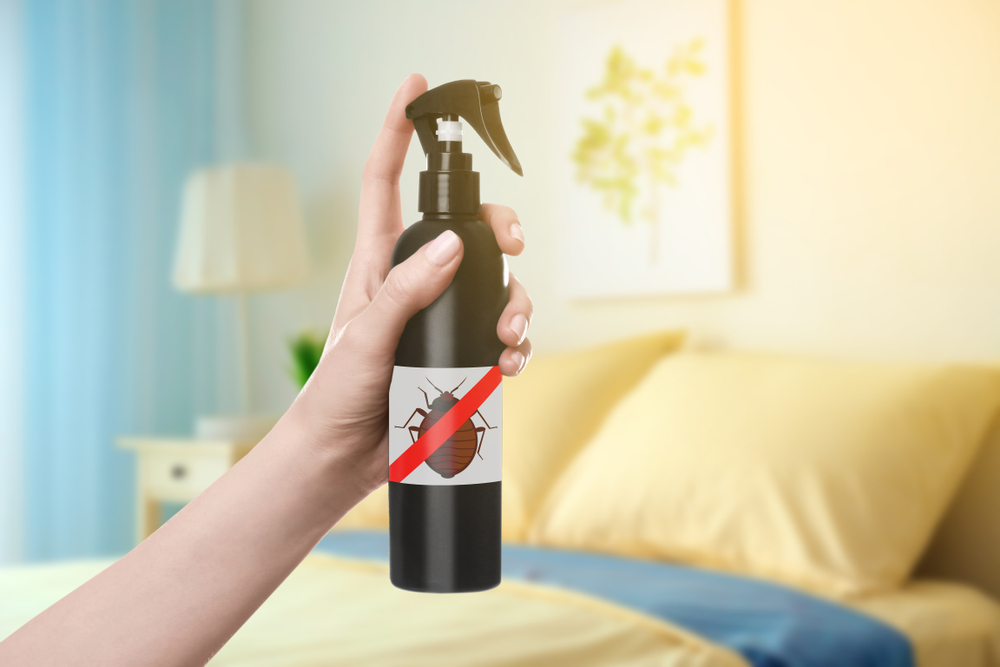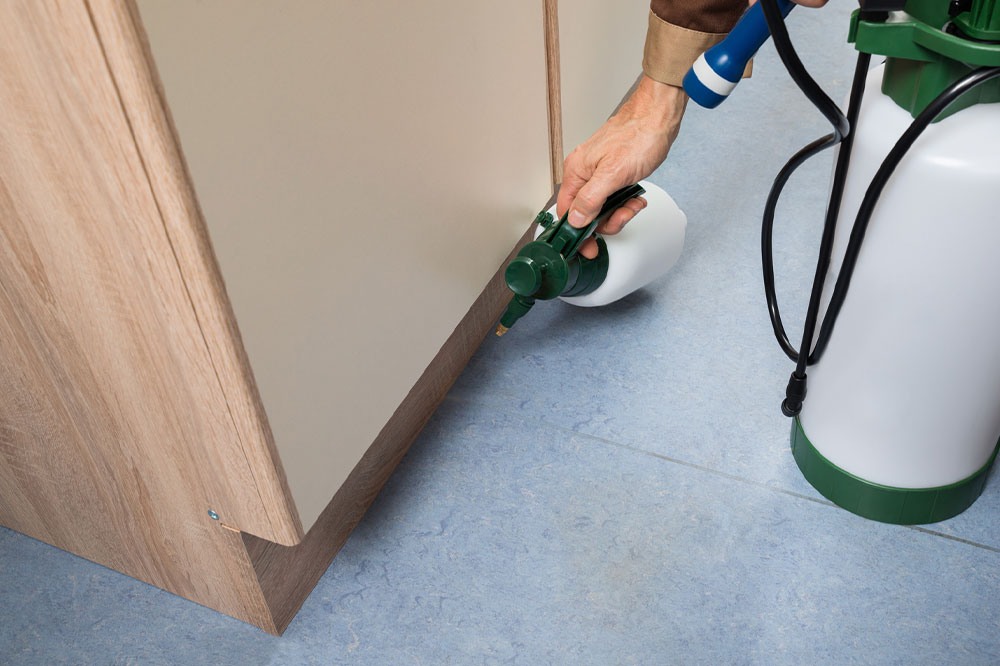Comprehensive Guide to Eliminating Bed Bug Infestations Effectively
This comprehensive guide provides effective strategies for eliminating bed bug infestations, including early detection, preventive measures, professional pest control options, and natural deterrents. Learn how to safeguard your home and ensure a bed bug-free environment through thorough cleaning, sealing cracks, and expert treatments. Maintain peace of mind with proactive steps to control and eradicate these persistent pests efficiently.

Comprehensive Strategies for Successfully Eradicating Bed Bug Infestations
Discovering bed bugs in your home can be a distressing experience, especially after a long day. These tiny, wingless insects are notorious for hiding in the smallest cracks and crevices of furniture, making them difficult to detect until their bites or signs become visible. Bed bugs are nocturnal feeders, meaning they come out at night to feed on blood, leaving itchy bites that can take up to two weeks to surface. Although they do not transmit diseases, their presence can lead to significant stress, sleep disturbances, and discomfort. Early detection is critical; looking out for signs like rusty or dark stains on bedding, blackish droppings, shed eggs, or powdery shells can help identify an infestation early. Implementing professional pest control measures combined with effective prevention strategies is vital for complete eradication.
Preventive measures are your first line of defense against bed bugs. When traveling, always avoid placing luggage on beds, sofas, or upholstered furniture that may harbor these pests. After returning home, thoroughly vacuum your luggage and wash all travel clothes separately at high temperatures to kill any hidden eggs or bugs. Regularly inspecting and changing bedding, mattress covers, and box springs can help catch early signs of infestation. Sealing cracks and crevices in furniture and walls prevents bed bugs from finding hiding spots and reproducing. Using protective encasements for mattresses and box springs creates a barrier that is difficult for bugs to penetrate. Natural deterrents like essential oils—such as lavender, tea tree, or eucalyptus—can be used as supplementary deterrents when applied to bedding or furniture. Frequent vacuuming of carpets, rugs, and upholstered furniture is a practical way to remove eggs, larvae, and bugs.
For immediate and effective removal, professional pest control services are highly recommended. Licensed exterminators use safe yet potent insecticides that target bed bugs at all life stages. Heat treatments are also popular, involving raising room temperatures to levels lethal to bed bugs without the use of chemicals. Sticky traps placed near beds or furniture can help monitor and reduce populations, providing early warning of reinfestation. Washing bedding, curtains, and soft furnishings at temperatures exceeding 120°F (49°C) effectively kills eggs, larvae, and adult bugs. For items that cannot be washed or exterminated—like heavily infested box springs or furniture—disposal might be necessary to prevent future outbreaks. Maintaining a regular cleaning schedule, combined with expert interventions and preventive steps, ensures a bed bug-free environment and restores peace of mind for residents.
While elimination efforts may seem daunting, persistence and a multi-faceted approach can restore a comfortable living space. Combining physical cleaning, chemical treatments, heat strategies, and thorough inspections creates a comprehensive bed bug management plan. Homeowners should educate themselves on the habits and signs of bed bugs, enabling timely interventions that prevent widespread infestation. Remember, early detection and consistent prevention are key to avoiding a prolonged and costly battle with these resilient pests. With proper knowledge and professional assistance, you can successfully eliminate bed bugs and enjoy a pest-free home environment.





